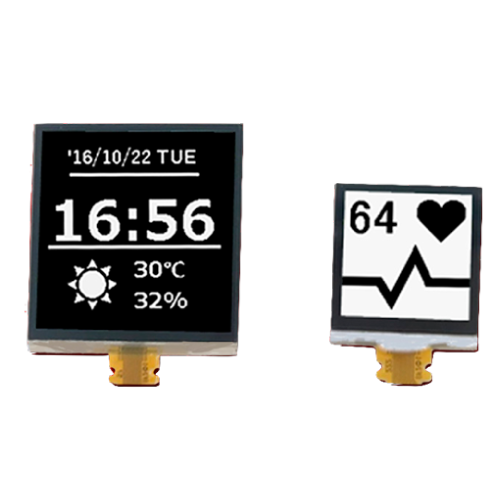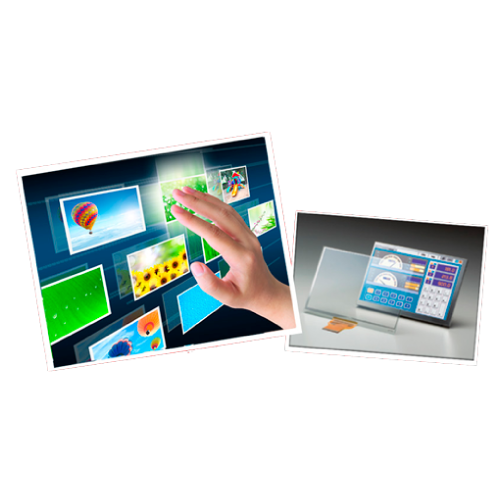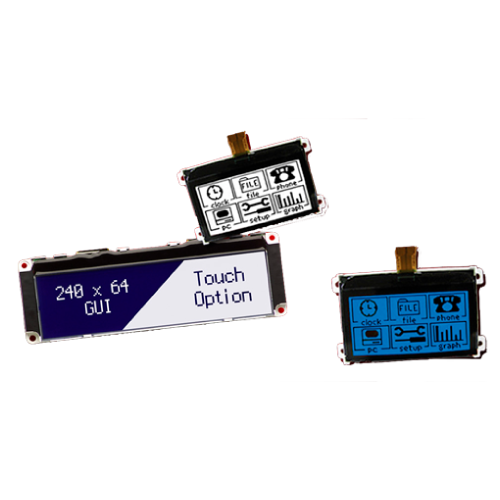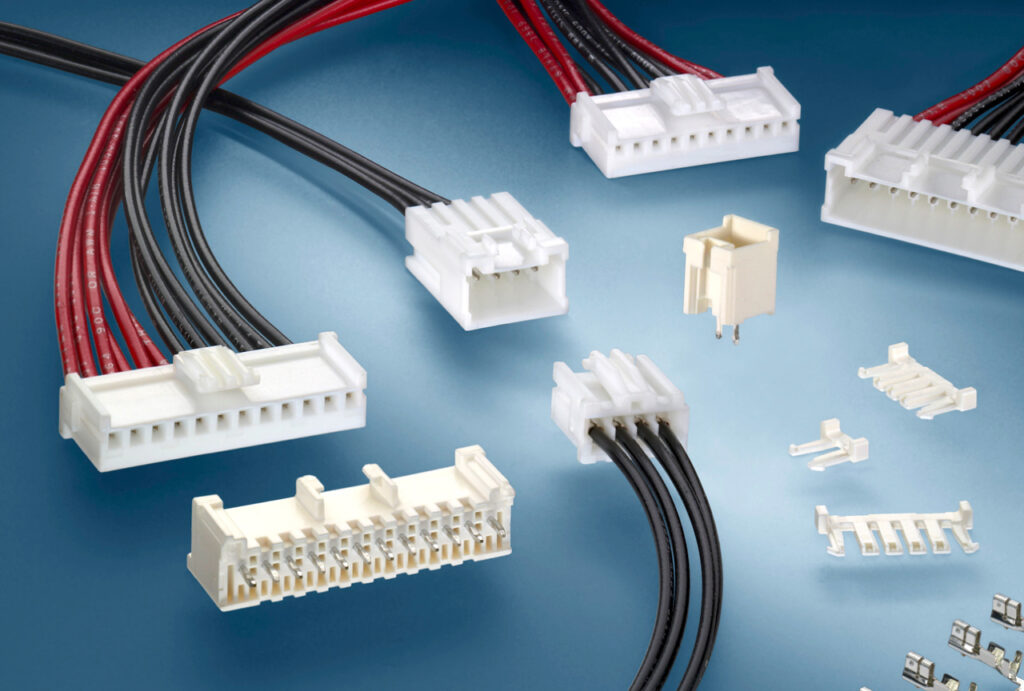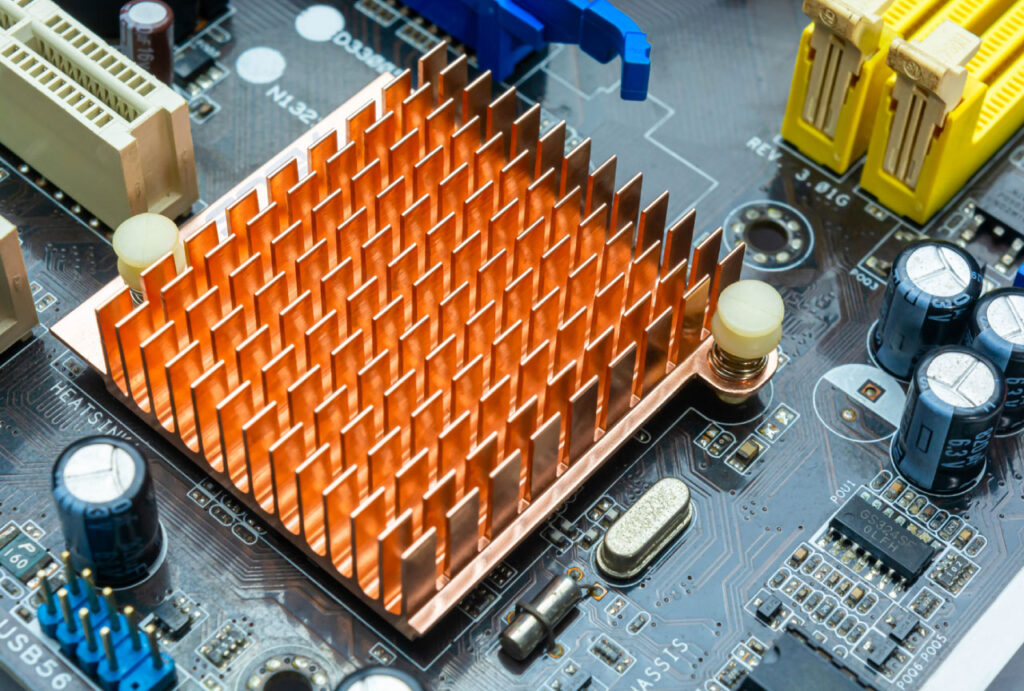LCD DISPLAYS
LCD Technology
Liquid Crystal Displays (LCDs) are a common type of flat-panel display used in a wide range of electronic devices, from televisions to computer monitors, smartphones, and digital watches. LCD technology has become a dominant force in the display industry due to its high resolution, low power consumption, and the ability to display a wide range of colors.
About
How LCD Technology Works
LCD displays consist of several layers of materials arranged between two glass plates. The core component of an LCD is a thin layer of liquid crystals, which are long, thin molecules that can be manipulated by an electric field. The liquid crystals are sandwiched between two polarizing filters that block out all light except that which is oriented in a specific direction.
When an electric field is applied to the liquid crystals, they twist and change the orientation of the light passing through them. This allows some light to pass through the second polarizing filter and form an image on the screen. The amount of light that passes through the liquid crystals is determined by the strength of the electric field, which can be adjusted to create different colors and brightness levels.
Advantages and Limitations of LCD Technology
One of the main advantages of LCD technology is its ability to display high-resolution images with excellent clarity and contrast. LCD displays can also produce a wide range of colors, making them ideal for applications that require color accuracy, such as photo and video editing. Additionally, LCDs use less power than other types of displays, which makes them more energy-efficient and helps to extend the battery life of portable devices.
However, LCD technology also has some limitations. One of the most significant is that it can be difficult to produce true blacks because the liquid crystals cannot completely block out all light. This can result in a “grayish” black that is not as deep as what can be achieved with other display technologies like OLED. Additionally, LCDs can suffer from limited viewing angles, meaning that the image can appear distorted or washed out when viewed from certain angles.
Applications of LCD Technology
LCD displays are used in a wide range of applications, including televisions, computer monitors, smartphones, digital watches, and navigation systems. They are also commonly used in industrial settings, such as control panels and medical equipment. LCD technology is constantly evolving, with manufacturers developing new techniques to improve image quality, power consumption, and durability.
Conclusion
LCD technology has become an essential part of modern life, powering the displays in many of the electronic devices we use every day. Despite its limitations, LCD displays offer high resolution, low power consumption, and the ability to display a wide range of colors, making them ideal for a variety of applications. With ongoing advancements in LCD technology, we can expect to see even more impressive displays in the future.


